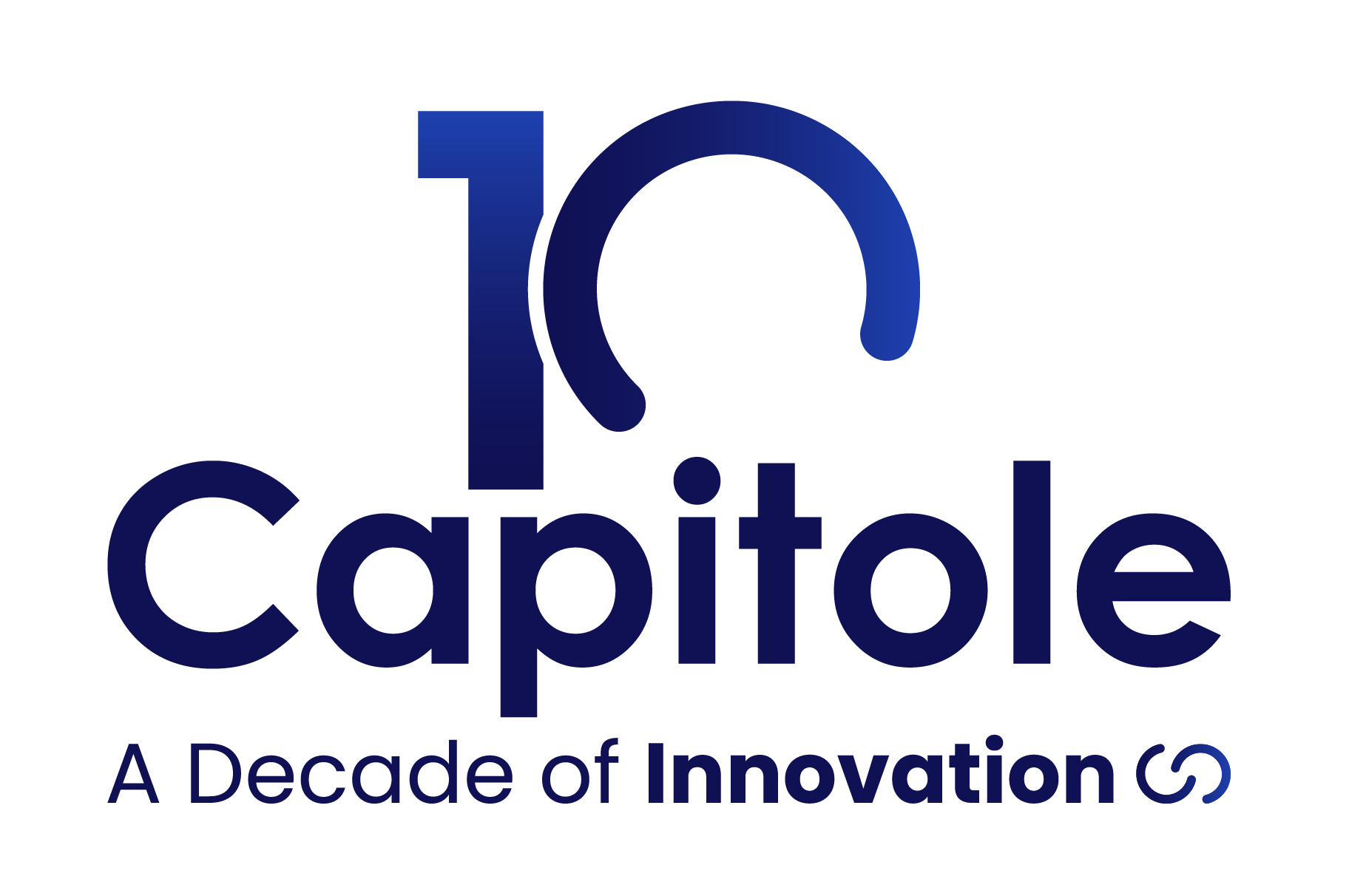The Control-Command and Signalling Technical Specification for Interoperability (CCS TSI) defines the common framework of technical specifications and requirements to ensure the interoperability of control-command and signalling systems in the European railway area and is therefore the basis on which any European railway signalling system must be defined.
Since the introduction of ERTMS in Europe, more than 30 years ago, the CCS TSI, has had several official versions, highlighting the Commission Regulation (EU) 2016/919 of 27 May 2016 and its ammendments, or 2012/88/EU: Commission Decision of 25 January 2012 and ammendments.
But the latest version (introduced in summer 2023 via Commission Implementing Regulation (EU) 2023/1695 of 10 August 2023) can be considered the biggest revolution in European rail signalling since the implementation of ERTMS due to the introduction of two systems that are set to bring a total change in the sector. Autonomous Train Driving (ATO) and, above all, FRMCS (Future Railway Mobile Communication System) reflect the EU’s commitment to the automation and digitisation of rail transport.
ATO – towards railway automation
The CCS TSI 2023/1695 includes the ATO specification set with the objective of achieving interoperability for ATO GoA1/2, i.e. automatic train driving, including station stops, but with active supervision of the driver for specific tasks such as door closing or emergency management.
This introduces the third system within ERTMS, complementary to the existing ETCS and GSM-R systems.
The automation of railway operations implies an improvement in service for users, by allowing greater precision in the execution of managed routes, but also savings for railway operators, by making more efficient use of energy and train braking systems.
FRMCS – the digital train enabler
The introduction of FRMCS as a second Class A system lays the legal basis for the implementation of a modern and flexible telecommunications system to meet the demands of the railway sector in the near future.
Due to the decreasing support offered by manufacturers for GSM/2G equipment and the impossibility of a system based on 2G technology to satisfy the data flows required by the railway applications of the future, the obsolescence of GSM-R equipment, which is expected by 2030-2035, makes the implementation and transition to FRMCS an urgent reality to be faced by any manufacturer and infrastructure manager who does not want to miss out on the biggest technological leap in railway telecommunications so far this century.
Advances such as the use of 5G technology versus the 2G of GSM-R, slightly wider bandwidths in the 900 MHz band together with the addition of the unmatched 1900 MHz band, and more efficient transmission methods (OFDM vs. TDMA) among many other factors, make FRMCS the necessary enabler for the digital railway future.
Conclusion
The introduction of the ATO and FRMCS marks a milestone in the evolution of rail signalling, driving interoperability, automation and digitalisation in European rail transport. These developments not only reinforce the European Union’s commitment to the modernisation of the sector, but also open the door to a more efficient, safe and sustainable future for rail transport. With the transition to FRMCS an urgent priority, rail infrastructure managers and manufacturers must adapt to this new technological reality if they wish to remain competitive in an increasingly digitised environment. As key players in this process, industry players must be prepared to embrace these disruptive technologies, ensure a smooth transition and lead the shift towards a more connected and automated rail future.





